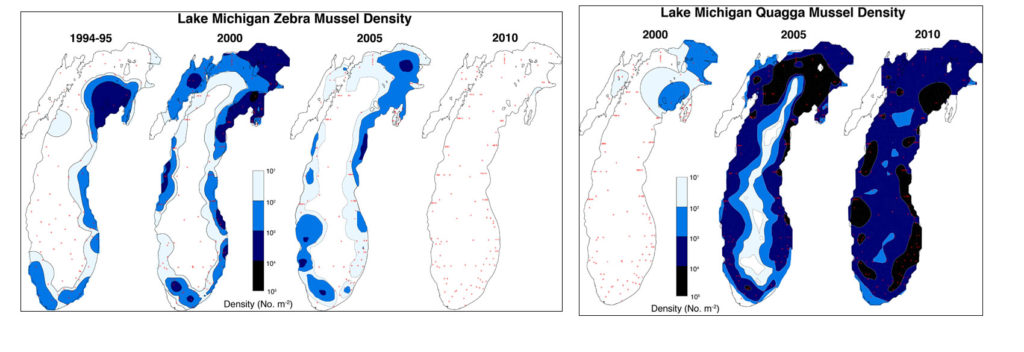
Literature about different control methods reflects the general status of knowledge about different control methods and helps to inform future work and research.The links between zebra mussels, round gobies and contaminated Saginaw Bay walleyes is a disturbing example of unanticipated problems that can occur when non-native species get loose in the Great Lakes, said University of Michigan fishery biologist David Jude, lead author of a paper on the topic published online today in the Journal of Great Lakes Research. Our interactive map provides information about many of these programs and projects, connecting researchers and managers and keeping them informed about upcoming and ongoing research. Programs and Projects that advance control and management of invasive mussels take place throughout North America. Multiple factors, including invasive mussel population size, size and attributes of a water body, and jurisdictional regulations and requirements are considered when selecting a control method for use. Each method has its own advantages and disadvantages and no “silver bullet” exists. Management plans are designed to implement a consistent approach to the management of zebra and quagga mussels within a jurisdiction’s waters.Ĭontrol Methods fall into three categories: physical, chemical, or biological.


These plans provide specific guidance for the use of approved control methods and may include guidelines for selecting a control method. Response and Management plans outline a jurisdiction’s management options for invasive mussels and are developed by state, regional, and federal agencies.


 0 kommentar(er)
0 kommentar(er)
